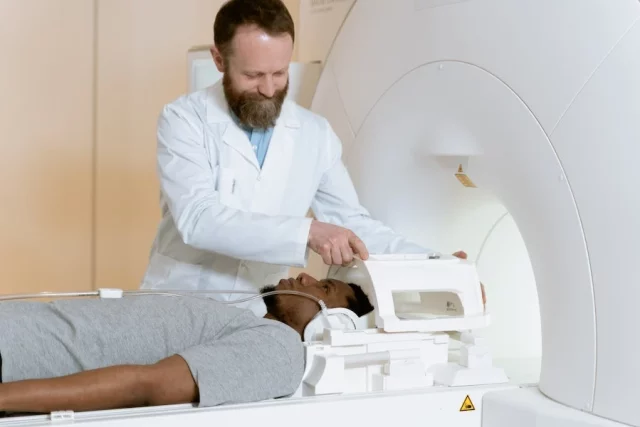Healthcare facilities are responsible for providing a safe and secure environment for the patients under their care. Protecting staff, doctors, and visitors from infectious bacteria and viruses, physical stressors caused by manual labor, or falls due to unsafe environments is imperative. To ensure safety, healthcare facilities must prioritize implementing best practices to reduce risk. Enhancing safety in healthcare facilities involves critical measures like proper Medical Waste Disposal, ensuring the secure management of medical waste for a safer environment.
Implementing Safety Protocols
One approach to improve safety in healthcare facilities is to ensure that staff members follow safety protocols. Protocols guide healthcare personnel in using protective clothing, including masks, gloves, and gowns. Waste management protocols provide directions on the correct disposal of medical waste, such as needles. Infection control protocol prevents the spread of the virus.
Placing stackable anti-ligature chairs throughout the facility and in areas close to medical equipment reduces threats before they become serious. Ensuring all staff members follow these protocols will help reduce the spread of infections and other potential hazards.
Improving Communication In Healthcare Facilities
Effective communication is essential for ensuring safety in healthcare facilities. This includes having clear and concise policies and procedures in place and establishing good lines of communication between different departments. Health facilities can use mobile applications or centralized portals to share pertinent information and offer real-time notifications about potential risks.
With today’s ever-advancing technology and increased concerns about safety in healthcare facilities, improved communication is key. Improving communication will help to reduce errors and potential hazards.
Enhancing Training Programs
Another way to improve safety in healthcare facilities is to enhance training programs for all staff members. This includes increasing training frequency, providing more hands-on training, and using simulations to train staff members on handling potential emergencies. Additionally, providing ongoing educational sessions about various safety topics allows healthcare professionals to stay up-to-date on new developments and protocols.
Tailoring the training to the specific needs of each facility also increases engagement with key information needed in the workplace. Any training program must include strategies for employees to report errors and identify potential issues. Improving safety through enhanced training programs is integral to creating a secure environment for all those in a healthcare facility.
Conducting Regular Inspections
Regular inspections of healthcare facilities are essential for safety and security. They help identify potential hazards that could lead to injuries or illnesses and any issues with equipment or processes. An effective inspection should involve the health facility’s staff to ensure all aspects of the premises are included and no area is overlooked.
Areas such as emergency exits, patient rooms, stairwells, corridors, bathrooms, and kitchens should all be checked to maintain a satisfactory level of safety. After each inspection, providing feedback on areas needing improvement is important. This process allows facilities to make adjustments leading to a safer environment for their patients and employees.
Encouraging Reporting Of Safety Concerns
Encouraging staff members to report any safety concerns is also crucial for improving safety in healthcare facilities. This includes accidents, near-misses, and incidents of violence or aggression. By creating a reporting culture, staff members will feel comfortable coming forward with any concerns. Additionally, this will allow facility managers to address any potential hazards promptly.
Safety is a top priority in healthcare facilities, as even a small mistake could be a matter of life and death. Taking steps to ensure patients are safe while they are in the care of medical professionals should always be viewed as important. The use of corrective strategies such as risk assessments, audits, and policies that eliminate hazards helps detect and prevent potential safety issues. Ultimately, continuous improvement of safety procedures ensures the best care for everyone seeking help in these important venues.














